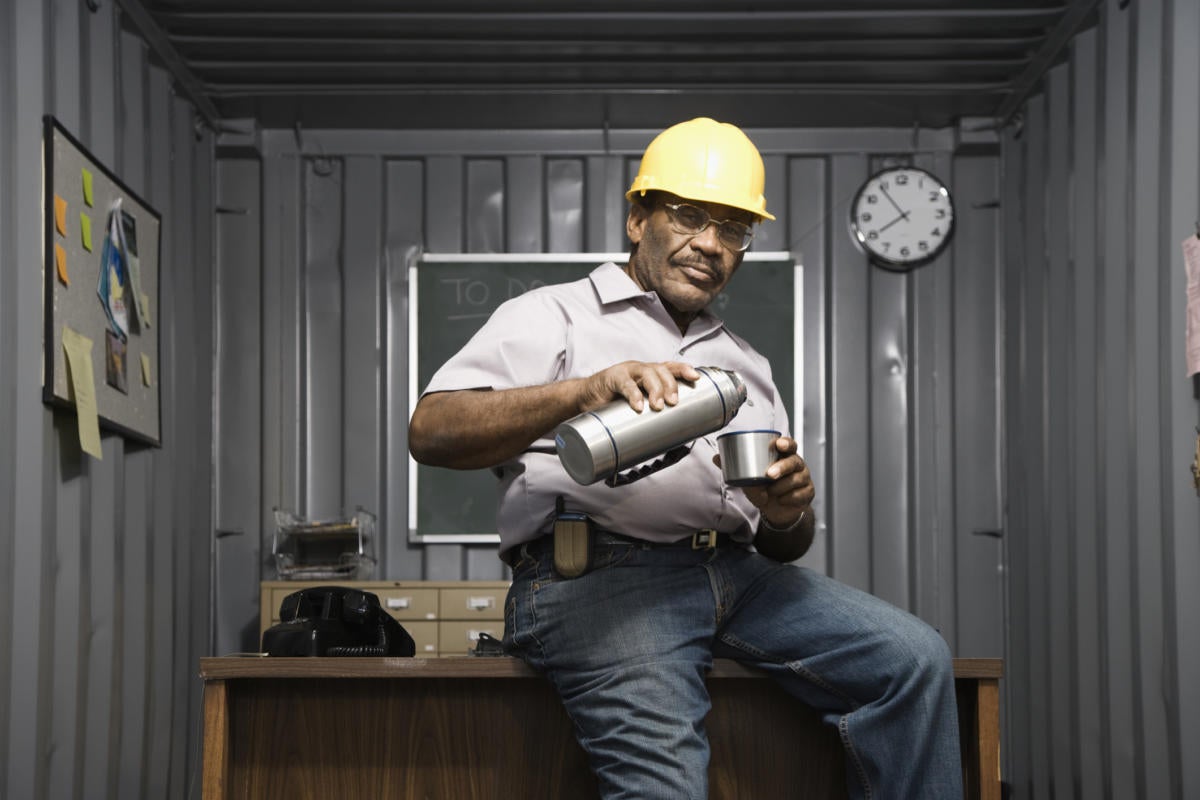
It’s 2 a.m. and you’ve just put the finishing touches on the option list for your new home build. Last week you picked the lot with a mountain view, and this week you’ve configured your new 2,500-square-foot home using a web-based design tool. Once your design is complete, you hit the “build” button. Three days later, you get a text that your home is ready for occupancy, the utilities are activated, and the occupancy permits already granted. You have yet to speak with a single human about your home build.
How do we get a home delivered at this speed? It will require complete automation of the design and build processes, with as few humans as possible in the mix. This includes automation of all construction-related trades, and even automation to meet all required legal checkpoints along the way. It will be a homeowner’s utopia.
Back in my youth, I was a laborer on a construction site. My job was to move plywood and drywall from one place to another. Even then I was struck by the number of repetitive tasks required to build a home. Yes, today’s construction crews leverage some automation, such as power tools, but it still seems outdated when you look at how we now build cars and other manufactured products.
Manufactured homes have been available for several decades. They are produced in a factory, and completed sections are transported to the lot for assembly. However, the amount of manual labor is still much the same as when all of a build takes place at the final site, and the costs are similar to those of traditionally built homes.
This is an industry that’s primed for disruption. The technology to truly automate building homes is just beginning to arrive. At the same time, the price of new homes is too high for the average buyer’s budget. A Virginia family recently moved into Habitat for Humanity’s first 3D-printed home in the United States. While I’m sure this was more about proving the concept rather than saving money and time, it did show that more types of home construction could be automated, and thus potential costs could be reduced and even the quality of the construction improved.
The 3D-printed home solves only part of the problems of home construction. However, there is nothing on the horizon that will stop the automation of the building trades. The use of optical-driven robotics for carpentry, electrical, and plumbing tasks will work with emerging construction automation systems to provide better planning and sequencing of the build. The idea is to optimize the processes and thus reduce costs and increase speed to delivery. In the big picture, this is the same transformation going on in other industries through the digitalization of everything.
The construction industry is already looking to weaponize cloud computing to begin automating more core processes of a home build. I suspect we’ll see the day sooner rather than later when we can purchase a lot, design a house to build on that lot, and then walk into that house within a few days, all thanks to automation driven by cloud computing technology.
The real value is not the ability to do a people-less build, although that’s cool. The real value is to lower the cost of housing to more affordable levels while increasing quality and safety. The processes and technology we used to build houses when I hauled 2x4s up several flights of stairs all those years ago are pretty much the same today. That’s about to change.
